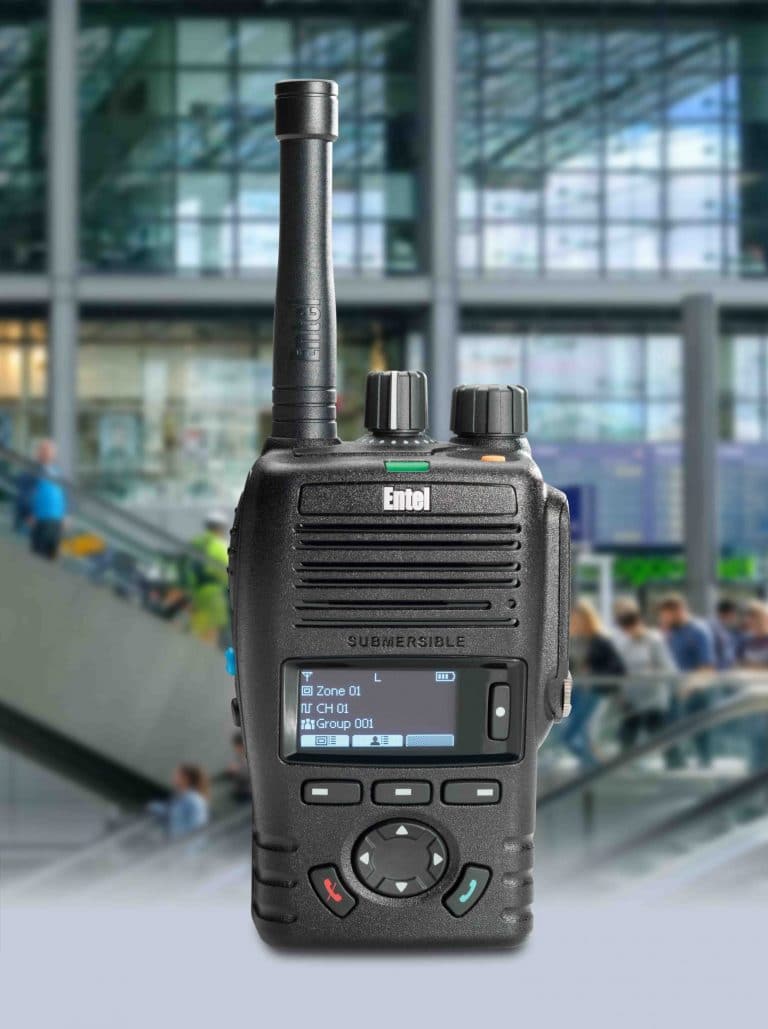PTT over Cellular Two-Way Radio
PTT over Cellular, or Push to Talk over cellular, as it is also referred to is a method of two-way radio communication.
As the name suggests, PTT over Cellular uses cellular networks, rather than radio-to-radio, or radio-to-radio via a repeater, that traditional two-way radio systems use.
For those reading who are not familiar with the term ‘cellular network’, let me explain. The cellular network is the existing communications infrastructure that makes your mobile work.
You are probably familiar with seeing those metal towers by the side of the road with antennas on them, well many of them are the receiving and transmitting antennas for the mobile phone network.
Those towers enable the radio signal to move to and from your mobile phone, allowing them to be mobile. A mobile phone is basically a different form of handheld two-way radio, operating on a higher frequency (typically around 900Mhz or 1800Mhz).
PTT over Cellular combines the advantages of a mobile phone, with the call speed of a traditional two-way radio.
With PTT over Cellular the user can communicate almost instantly, by pressing a button, rather than having to dial a number.
This speed advantage can be critical in some situations, such as an emergency. This makes the system great for improving business safety and efficiency, though there are some caveats.
A caveat, is that the mobile phone network, which is used by the system, can become overloaded in emergency situations.
This is because lots of people may start to use their mobile phones, to record and send images and video, to social media accounts.
Therefore this needs to be considered, for use in locations such as large public events, and areas with a lot of people, such as city spaces.
In this situation, traditional two-way radio, may be a better option. We also provide this.
The handsets used with PTT over Cellular networks, can either be shaped like the traditional handheld two-way radio, or just a special app installed on a mobile phone.
A handset that we would recommend is the new Submersible Entel DN series.
The Entel DN series radio is available in both SIM, and SIM free versions.

